How can I reduce my manufacturing costs?
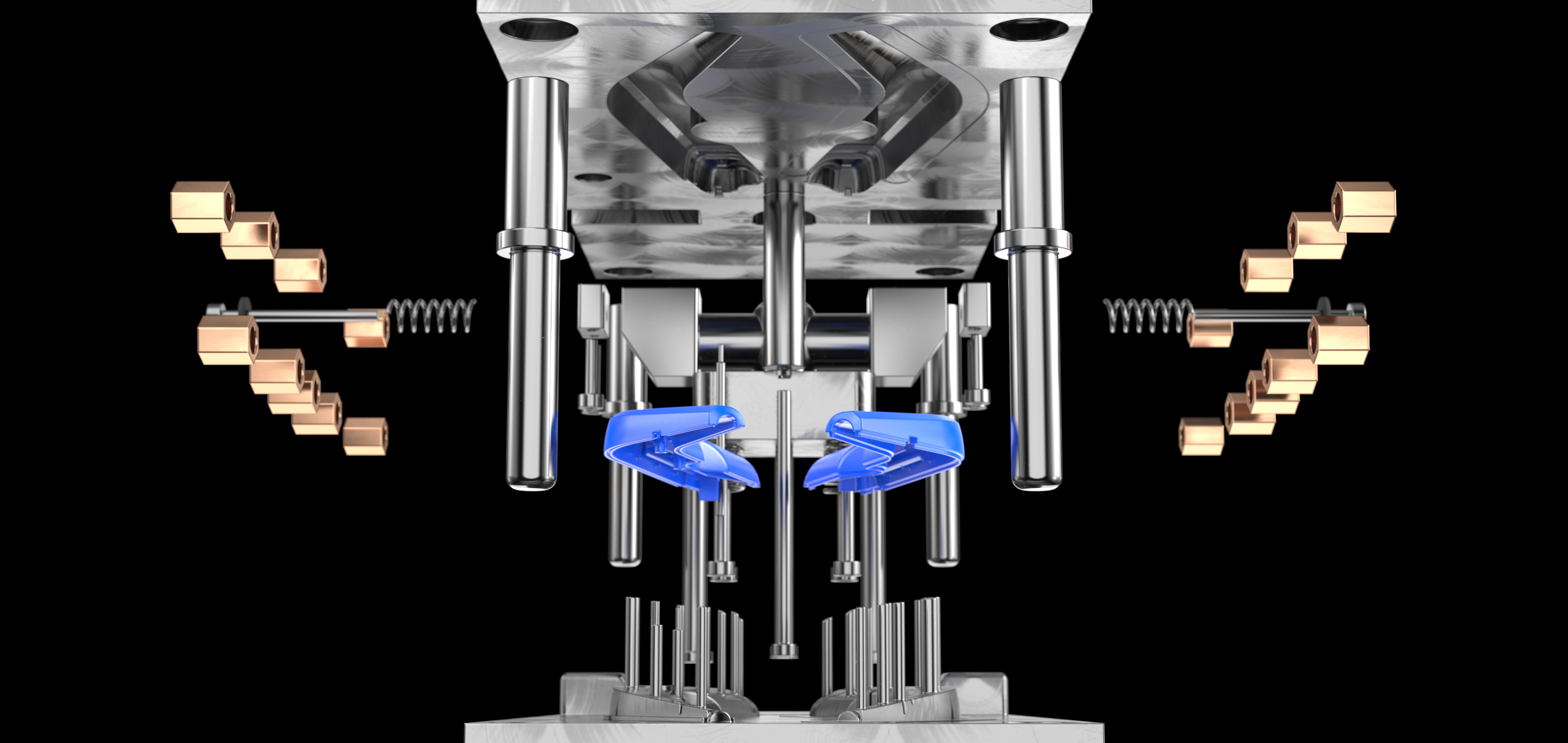
Our people-based approach to design innovation is dedicated to your business and tailored to your needs. We genuinely care about the end-users and are committed to making products for people to help people and we want the best for our clients.
Too often, great design ideas like yours never go beyond a working prototype – simply because of budget. Tooling and manufacturing costs are just two of many factors that can stop a project from progressing to market. But at Bluefrog Design we don’t let these things stop us – in fact, we’ll help you do the best with your budget. The choices you make, rather than the chances you take, will determine the success of your product. You may ask yourself ‘How can I reduce my manufacturing costs?’. Choosing the right industrial design agency is just the first step and it’s one we can help you with.
Table of Contents
As a product design and development company, our people-based approach to design innovation is dedicated to your business and tailored to your needs. We genuinely care about the end-users and are committed to making products for people to help people and we want the best for our clients – that means you too! We are a multi-disciplinary professional design consultancy that combines transferable design and engineering skills to innovate product design and visualise your project from start to finish, from your initial idea through to prototype and finished product from an aesthetic and practical angle. We think in-depth about your product and how to make it appropriate to the market. We understand that the right processes, design methodology and materials especially those related to mechanical engineering, are critical to production. It’s where our expertise lies and here’s how we can help you reduce your manufacturing costs and improve productivity:
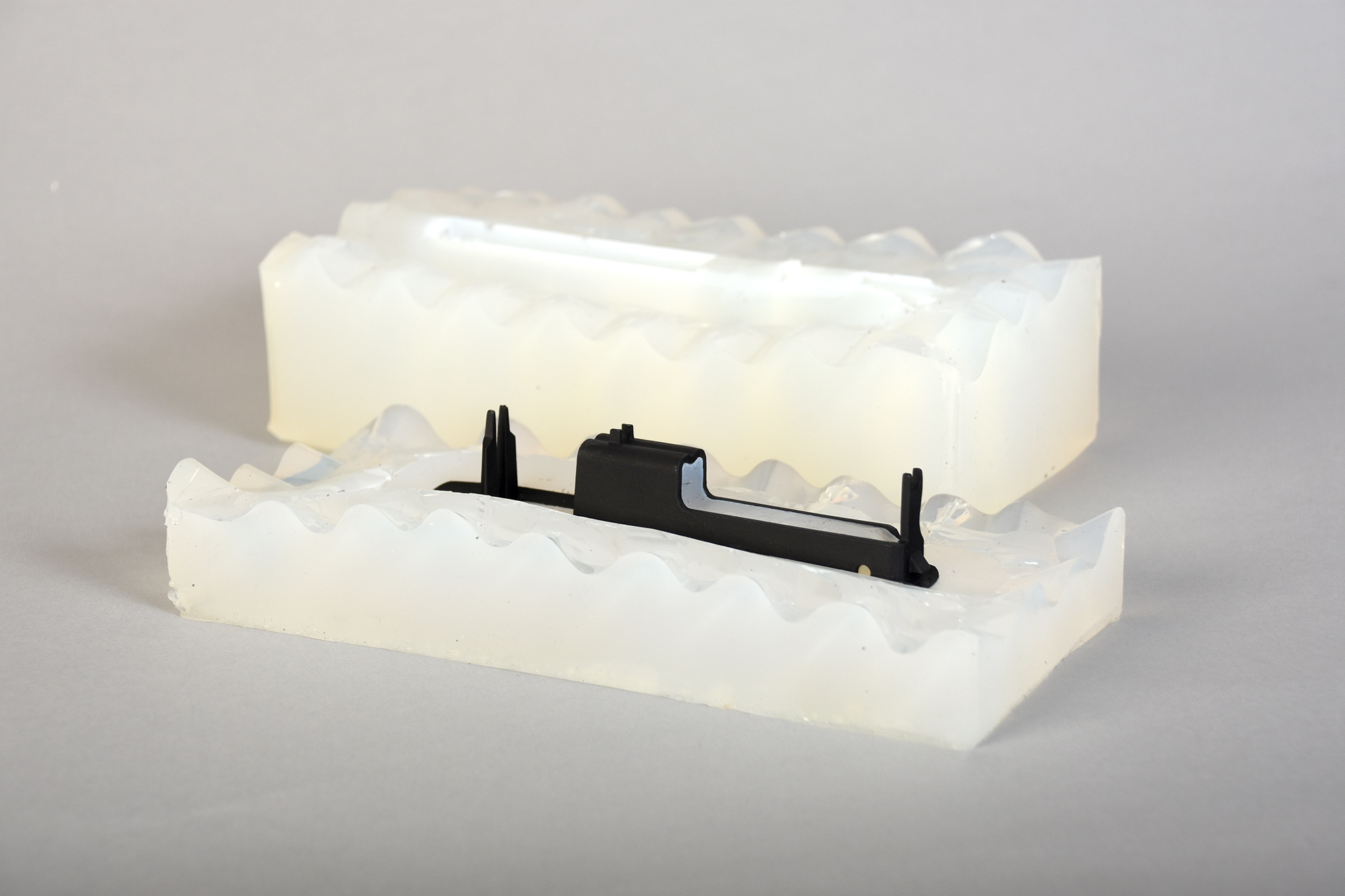
Manufacturing is an industry that’s changing rapidly and daily. New software and innovative technologies are transforming our capabilities as well as the speed and cost of manufacture. We keep up to date with these so that you have the best choice of options for your product. But our commitment doesn’t stop there. We look beyond your brief and at the bigger picture. From our first conversations with you, we develop a unique product design specification to analyse what’s required to bring your ideas to life, to identify constraints and highlight opportunities. We empathise and are sensitive to your design ideas and work with you to deliver a successful outcome. We understand the pitfalls and challenges in the creation of an innovative product. Why? Because we’ve overcome them time and again, not only as designers but also as manufacturers ourselves. We apply design expertise with practical experience to ensure your products are produced economically, environmentally and realistically.
A huge saving in cost and production time can be achieved simply by choosing a different method of manufacture. For example, injection moulding is often viewed as the best process of manufacture for complicated designs, but the relatively high tooling costs rarely deliver a return on investment for low volume production – often quantified in hundreds rather than thousands. In this situation we can help you find alternative manufacturing solutions, such as RIM (Reaction Injection Moulding), vacuum casting or even 3D printing, all of which are capable of producing parts in a range of materials and properties at significantly lower levels of investment – bridging the gap between low, medium and high-volume manufacturing. However, injection moulding becomes viable as quantities rise into the thousands where the trade-off between tooling investment and improved productivity reduces the overall component and finished costs.
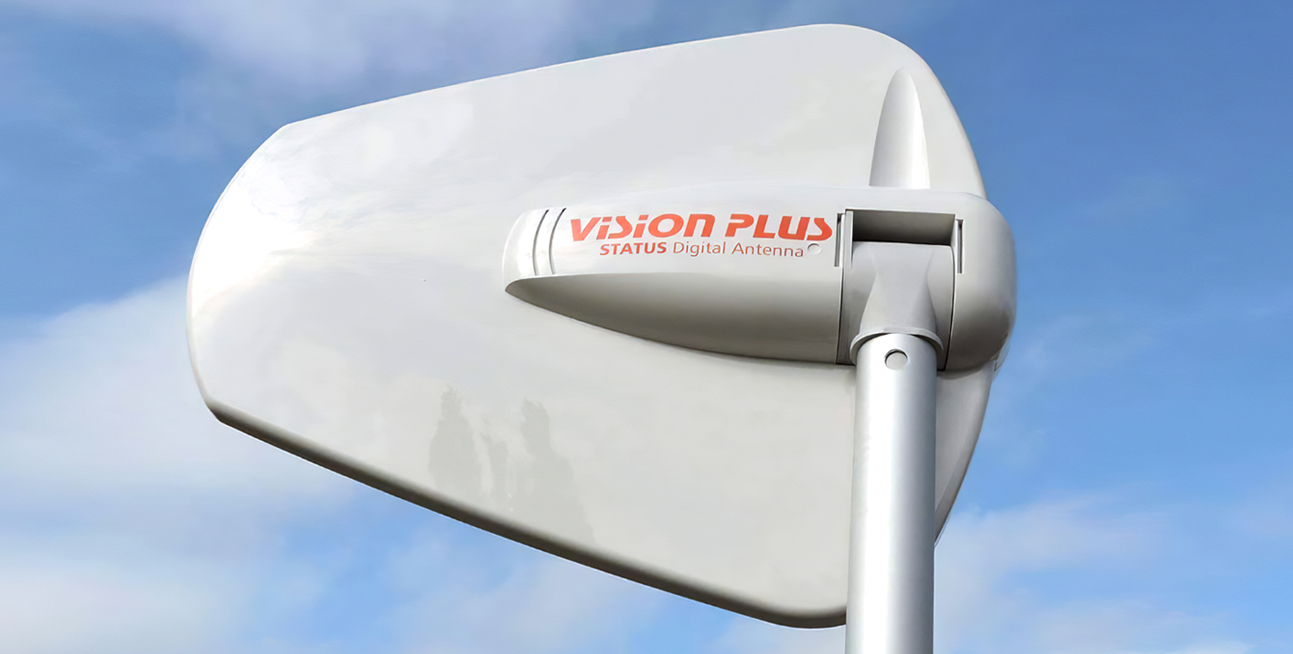
We identify opportunities that can make potential savings
Manufacturing is an industry that’s changing rapidly and daily. New software and innovative technologies are transforming our capabilities as well as the speed and cost of manufacture. We keep up to date with these so that you have the best choice of options for your product. But our commitment doesn’t stop there. We look beyond your brief and at the bigger picture. From our first conversations with you, we develop a unique product design specification to analyse what’s required to bring your ideas to life, to identify constraints and highlight opportunities. We empathise and are sensitive to your design ideas and work with you to deliver a successful outcome. We understand the pitfalls and challenges in the creation of an innovative product. Why? Because we’ve overcome them time and again, not only as designers but also as manufacturers ourselves. We apply design expertise with practical experience to ensure your products are produced economically, environmentally and realistically.
A huge saving in cost and production time can be achieved simply by choosing a different method of manufacture. For example, injection moulding is often viewed as the best process of manufacture for complicated designs, but the relatively high tooling costs rarely deliver a return on investment for low volume production – often quantified in hundreds rather than thousands. In this situation we can help you find alternative manufacturing solutions, such as RIM (Reaction Injection Moulding), vacuum casting or even 3D printing, all of which are capable of producing parts in a range of materials and properties at significantly lower levels of investment – bridging the gap between low, medium and high-volume manufacturing. However, injection moulding becomes viable as quantities rise into the thousands where the trade-off between tooling investment and improved productivity reduces the overall component and finished costs.
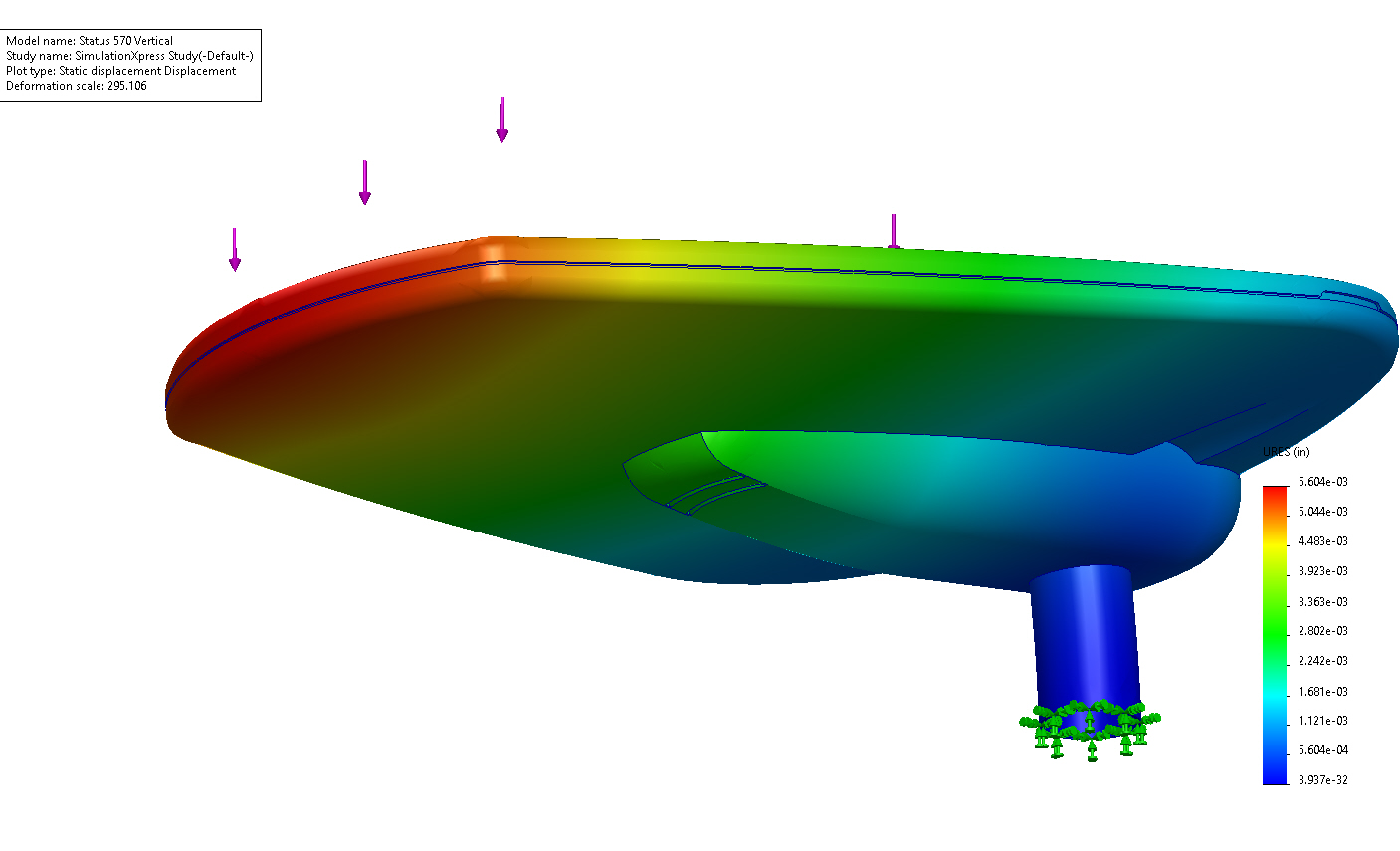
Are there any parts that don’t benefit the functionality or the buyer’s purchasing decision?
At Bluefrog Design, we understand our clients and know what you need to achieve your design goals. We want you to be successful and share the same ambition of launching products into production and helping sales fly off the shelves. Our clients trust us and advise us of their budgets – knowing this information is paramount to us making cost savings and suggesting alternative production processes. For example, modular construction methods could benefit those clients looking to produce a range of items. Although each product is individual, its parts could easily be shared on an assembly line to reduce time and inventory costs. Remember, it’s easier for your design agency, as a third party, to see where potential savings could be made. Often when you’re so close to something, you need other voices to allow you to stand back and gain perspective.
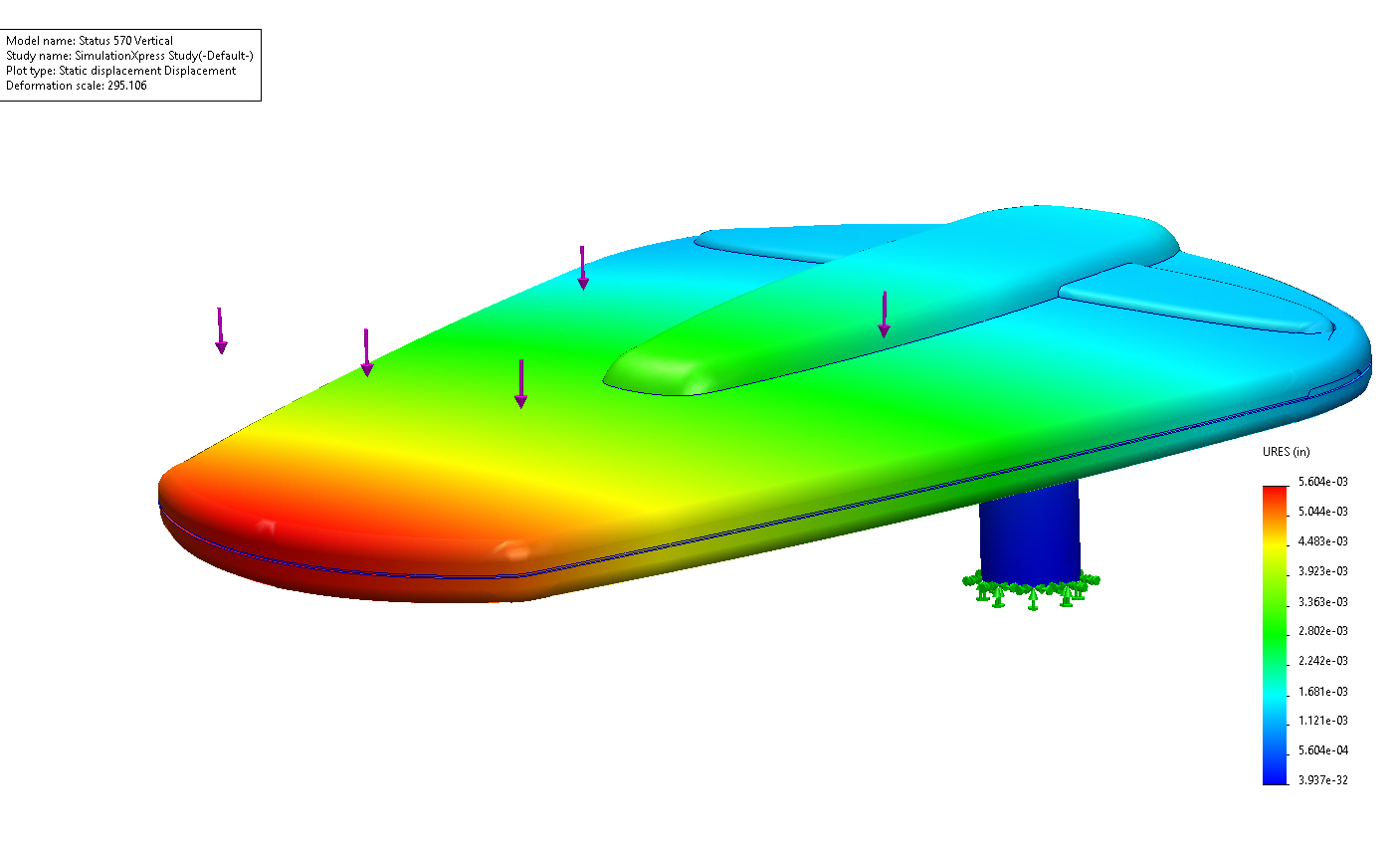
To make production savings, you need to think carefully about every aspect of your product’s manufacture, for example:
- The build: are there any parts that the customer could assemble?
- Are there any parts that don’t benefit the functionality or the buyer’s purchasing decision?
- How will the product be packaged?
All of these things could help you identify where you can make cost savings. Asking the customer to assemble certain parts could save you a percentage of your manufacturing costs and allow you to sell the product at a more reasonable retail price. This could also allow you to package the product in standard packaging rather than needing something bespoke. Removing any parts that the customer won’t find beneficial won’t just save you costs, it will also get you noticed for positive reasons.
As design experts with years of experience, we understand manufacturing and understand your needs in order to save you time, money and achieve your production goals. Our clients come back to us time and again for added value. Here’s an example of how we reduced assembly times and production costs for Vision Plus:
Leading antenna manufacturer, Vision Plus, entrusted us to develop the hardware for the redesign of their new Status range directional TV antennas for use on caravans, boats and motorhomes capable of receiving broadcast signals from any direction.
As with every project, we considered all aspects of production from a manufacturer’s perspective, to identify potential challenges and ensure we overcame them both practically and financially. We carried out an in-depth product study which also researched the manufacturing, assembly and transportation process.
Our team went through a stringent process to select and test the best materials suitable from a performance perspective. We carried out extensive FEA (Finite Element Analysis) to test the durability of the product. With some motorhomes and caravans able to travel at a maximum speed of 60mph we knew we needed to optimise and test the strength of the mouldings.
We reduced the material content where possible, to keep manufacturing costs to a minimum – and with our design expertise we achieved this without compromising on quality or performance. We created a more compact design reducing the overall dimensions and wasted space. Our detailed FEA also allowed us to reduce the wall sections – just these two-savings combined achieved a material saving of 21% and reduced costs on a production run of 10,000 units by over £5,300.
Using injection mould tooling and engineering polymers we redesigned the product as a set of ultra – thin mouldings to meet the client’s brief, developing these to streamline the assembly process – this allowed us to use different fixing techniques and reduce finishing costs considerably. So, not only did this save the client money from a manufacturing cost point of view, it also saved them assembly time – significantly improving productivity and quality standards.
Less is more
When it comes to production, less often costs more. It’s something important to think about, especially with clients often requesting low volume runs during a product’s infancy. However, if you can increase the batch sizes where possible, the greater the quantities the more economical the unit price will be.
Cheaper landscapes
Offshore sourcing is another way of reducing manufacturing costs, however As Pro-Team members of the British Industrial Design Association (BIDA) we fully support, British manufacturing and Government initiatives to grow the industry within the UK. Reducing costs is important to us at Bluefrog but so are ethics and, as members of the Chartered Society of Designers, we follow a strict ethical code of conduct with every client – and treat your brief with the utmost confidentiality.
Defining Manufacturing Costs
Manufacturing costs are the total expenses involved in the production of goods, and they’re pivotal for pricing strategies and profit analysis. These costs are categorised into direct materials, direct labour, and manufacturing overhead. Direct materials are the raw components used in the product, while direct labour encompasses the wages of employees who assemble the product. Manufacturing overhead covers indirect costs like maintenance, utilities, and equipment. Accurately calculating these costs ensures competitive pricing, informs financial planning, and drives efficiency in production operations, which can lead to increased profitability and cost-effective resource utilisation.
Why is it Important to Reduce Manufacturing Costs?
Reducing manufacturing costs is crucial for businesses to enhance their competitiveness and profitability. Lower production costs can lead to more aggressive pricing in the market, offering a price advantage over competitors. It also allows companies to maintain reasonable profit margins even when facing price pressures. Additionally, cost reductions can free up resources for investment in innovation, quality improvement, and expansion. Streamlining manufacturing processes improves efficiency and productivity, which can result in faster turnaround times and better customer satisfaction. Ultimately, reducing manufacturing costs is key to a company’s financial health and long-term sustainability in a competitive landscape.
Best Ways to Reduce Manufacturing Costs
To reduce manufacturing costs effectively, companies can adopt lean manufacturing principles to eliminate waste and optimise production flow. Investing in automation and advanced manufacturing technologies can improve efficiency and reduce labour costs. Regular maintenance of machinery ensures peak performance, avoiding costly downtimes. Outsourcing non-core activities can also reduce costs, allowing focus on key competencies. Bulk purchasing of raw materials often results in lower prices, while careful inventory management minimises holding costs. Training employees to multi-task can increase flexibility and productivity. Lastly, constantly reviewing and improving the production process can lead to ongoing cost savings and quality enhancements.
How Do You Calculate the Cost of Manufacturing?
Calculating the cost of manufacturing requires totaling all expense factors involved in the creation of a product. Start by adding direct material costs, the price of all raw materials used. Then include direct labour costs, which account for the wages of workers directly involved in manufacturing. Overhead costs, which are indirect expenses like utility costs, rent, and equipment depreciation, are then allocated to each product based on a predetermined overhead rate. For a more precise cost, consider adding expenses for quality control, packaging, and logistics. Summing these figures provides the total manufacturing cost per product unit, essential for pricing and profitability analysis.
Our Design and Development Services
If you would like to hear more on how we can improve the quality of your products or help with your product development, please contact Bluefrog Design at [email protected]
FAQ’s on reducing manufacturing costs
How to reduce manufacturing cost?
To reduce manufacturing costs, streamline your production process by identifying and eliminating inefficiencies. Invest in automation where possible to improve productivity and consistency. Optimise your supply chain by negotiating better terms with suppliers, considering just-in-time inventory to reduce holding costs, and sourcing materials locally to save on shipping. Embrace lean manufacturing principles to minimise waste and reduce defects. Regularly maintain equipment to prevent costly breakdowns. Train employees to be multi-skilled, enhancing flexibility and reducing labour costs. Lastly, analyse product design to identify parts that can be simplified or materials that can be replaced with less expensive alternatives without compromising quality.
How can manufacturing companies reduce operating costs?
Manufacturing companies can reduce operating costs by implementing lean manufacturing techniques to streamline production and minimise waste. Adopting energy-efficient technologies and machinery can lower utility expenses. Optimising supply chains by negotiating better rates with suppliers and reducing material waste through improved inventory management helps cut costs. Regular maintenance of equipment can prevent expensive repairs and downtime. Investing in training for employees can increase productivity and efficiency. Additionally, reassessing overheads like administrative expenses and finding more cost-effective methods for tasks such as marketing and distribution can also lead to significant savings in operating costs.
Are there technology solutions that can help reduce manufacturing costs?
Technology solutions can significantly reduce manufacturing costs. Automation and robotics streamline production, reducing labour costs and enhancing precision. Advanced software systems like Enterprise Resource Planning (ERP) optimise supply chain management and inventory control, minimising waste and improving efficiency. Additive manufacturing, like 3D printing, allows for cost-effective prototyping and small-batch production. Internet of Things (IoT) devices can monitor equipment and predict maintenance needs, preventing costly downtime. Artificial intelligence and machine learning can analyse data to improve process efficiency and quality control. These technologies can drive down costs by improving productivity and reducing errors and material usage.
What cost reduction strategies can be applied to manufacturing industries?
Manufacturing industries can apply various cost reduction strategies, including lean manufacturing to eliminate waste and improve workflow efficiency. Implementing automation and robotics can decrease labour costs and increase production speed. Outsourcing non-core activities can also cut costs and streamline operations. Adopting energy-efficient practices and equipment reduces utility expenses. Advanced inventory management can minimise excess stock and associated costs. Regular maintenance schedules prevent costly machine downtimes. Lastly, investing in employee training boosts productivity and quality, reducing errors and waste. These strategies can lead to significant savings and improved competitiveness in the manufacturing sector.
Like to learn more?
Socials



